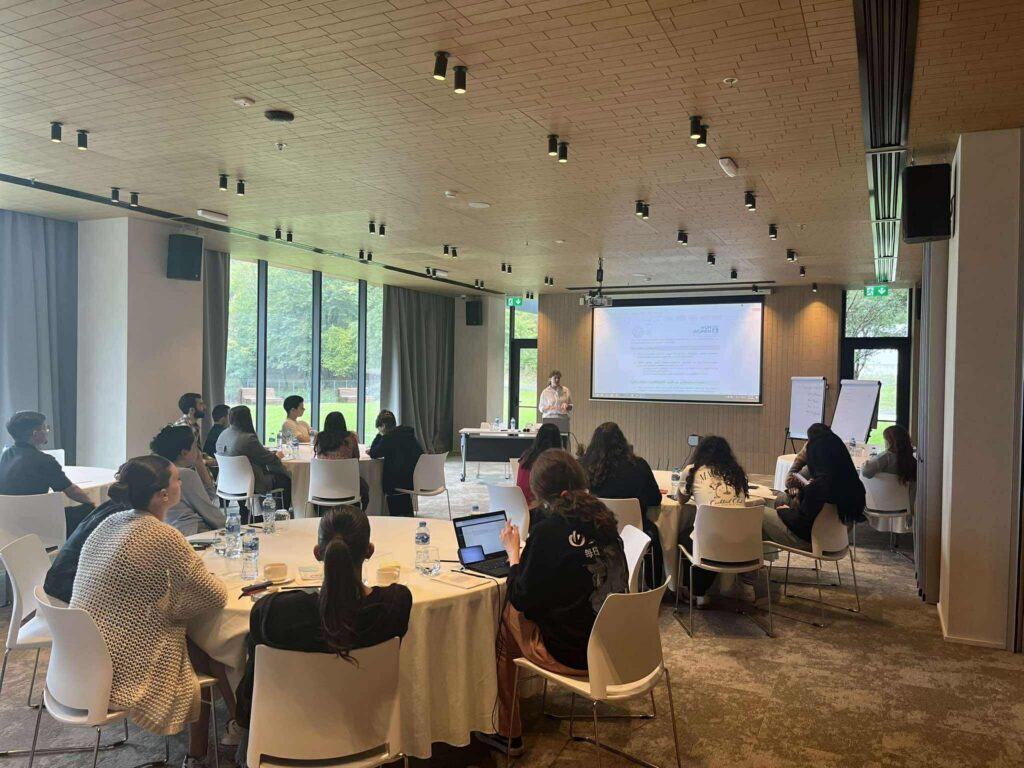Political reporting is often focused on the capitals. However, for the majority of the population politics remains strictly local, with local governance having a huge impact on life. After all, it is the municipalities that provide drinking water, clear waste, and provide minimal infrastructure for economic activity. So how do the three countries differ?
A cross-border evaluation for a GTZ project which we did in the years 2004 and 2005 found the following differences in local government: by and large, Armenia had the most enterprising leaders of municipalities. In Georgia, local governance often was struggling. In Azerbaijan, the executive branch (through the ex-coms) had a disproportionate influence, usually displacing elected leaders, but could also get things done.
One of the shortest explanations for the difference between Armenia and Georgia is structural. Armenia removed the Soviet rayon structure (a mid-level administrative unit, best translated as a district, with typical populations ranging from 20.000 inhabitants upward, and rarely smaller than 500 km²), leaving only oblast/region (referred to as Marz) and municipalities. By contrast, Georgia retained the rayons, and the Gamgebellis (heads of rayon) dominated local life — so much so that when Shevardnadze was fraudulently returned to office on April 9, 2000, an election watchdog summarized the event as “Gamgebellis elect President”.
In effect, the Gamgebellis often suffocate local initiative, and nominally independent, elected heads of municipalities end up taking their orders in the district capital. In Armenia, without this mid-level intervention, the heads of the municipalities just need to get things done. The Marz capital can be far away, and the governor cannot watch 25 heads of municipalities simultaneously.
On the ground, politicians recognize the difference. As an Armenian governor explained with a shrug: Georgia needs the rayon structure, since it is too heterogenous to support larger cohesive units. Some changes are underway in Georgia, but recent research by a political scientist (soon to be published, stay tuned) found that the structural change had not yet had an impact on the way local government works.








